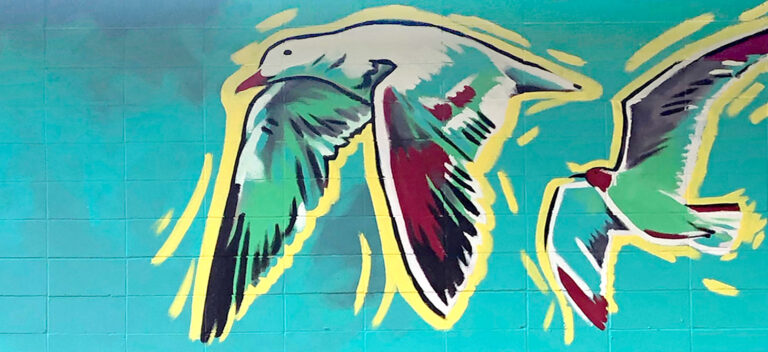CLDD Weight Distribution Trailer Animation
This project was a collaboration with Gateway Partner Media and Les Sereda. The animation demonstrates the values, benefits and use of the Weight Distribution Trailer created by Canadian Load Divider Dollies.
Animation Process
Animation is a complex endeavour. It’s time consuming, tedious and technical. There are several key stages to an animation process.
- Concept/Script – Many times my clients have this settled before they come to me. Sometimes I consult with them to produce the script and even to establish a high level direction for the piece.
- Artistic Direction – Before there is too much ground covered creatively it is valuable to do some research into existing animation solutions both in regard to style and approach.
- Audio – This is an extremely important component of any successful motion graphic or animation. The audio can come during the process but ideally it exists prior to beginning animation. This way animation can be timed successfully and character performances can be worked out.
- Storyboards – These static keyframe illustrations provide a low risk approach to setting up the shots for the animation. It allows a high level look at how the script will visually play on screen.
- Animatic – With approved storyboards in hand an animatic is created. This video output times the static storyboards against the completed audio providing a clean and simple way to track the timing, pacing and overall flow of the animation. Any red flags here provide a low risk opportunity to adjust storyboards and rework the animatic before moving forward.
- Art – Final art is based on the final storyboards. Art for animation and motion graphics is complex as it must work in the static environment and in the specified animation tool sets for each project.
- Animation – This is where the bulk of the rubber of the process is left on the road in creating motion graphics and animations. It’s tedious and time consuming. Any course corrections or changes at this stage are risky.
- Editing – The final animated sequences are pieced together and any small timing/ composition choices are manipulated in this stage.
- Sound Mastering – At the end of the process there may be a need to have the final audio mastered for consistent levels. Especially if there are additional SFX integrated into the piece.
- Output – The final outputs are rendered in appropriate formats.
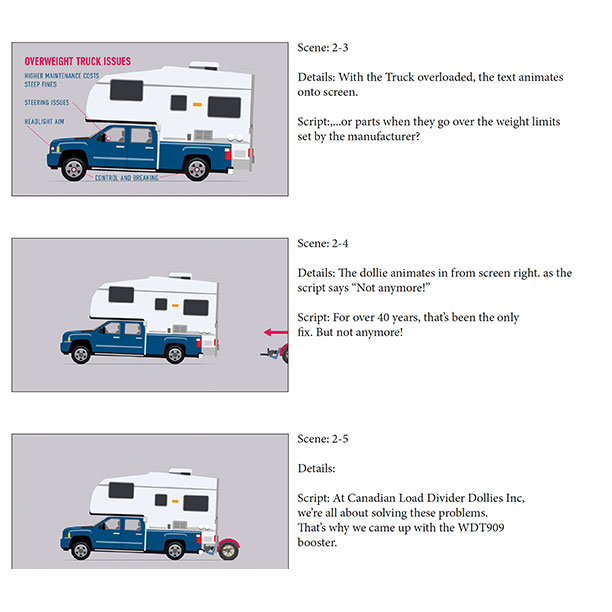
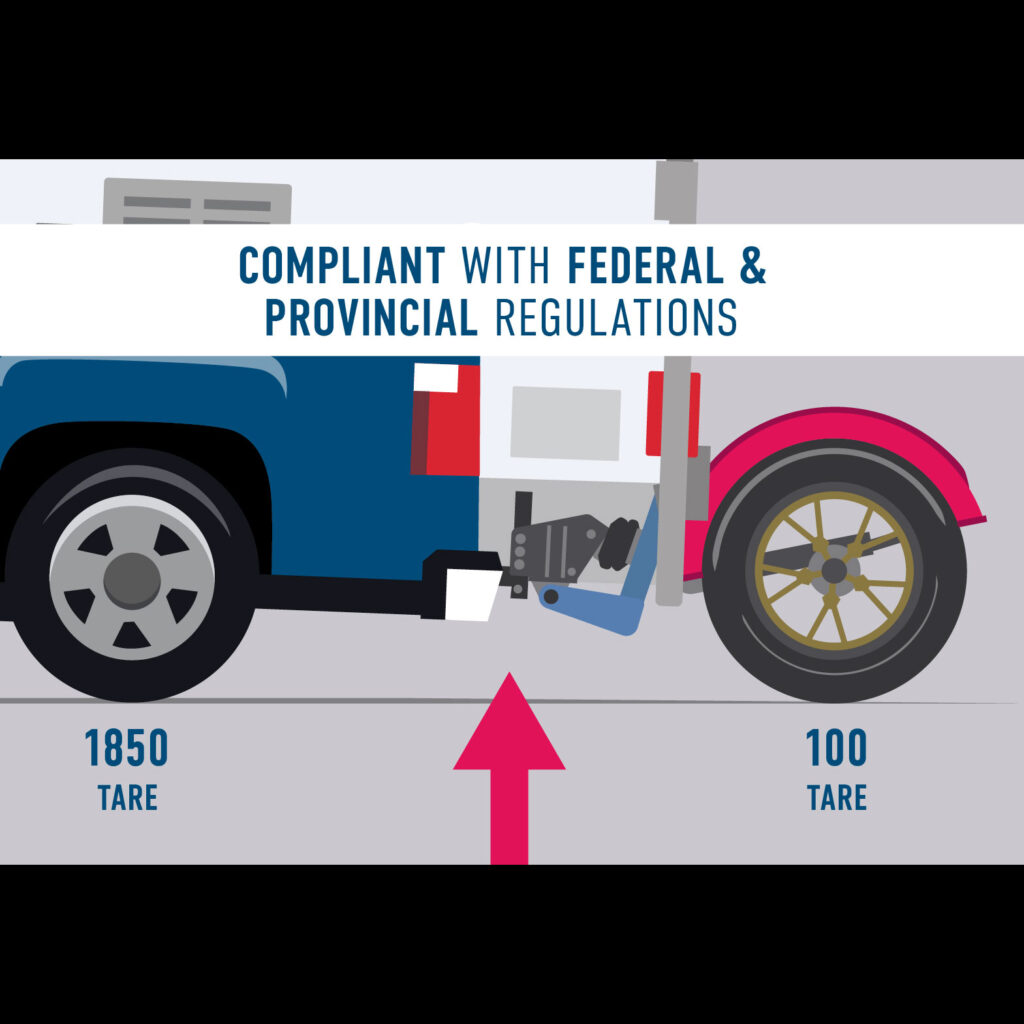

Sometimes storyboards incorporate finished art. In this case, the project was structured in a way that allowed final art to be created in conjunction with storyboarding.
The animation is was designed to be viewed with audio and without audio as it will be displayed on screens in busy trade show environments in the future.
The simplicity of the animation provides the viewer with very clear value propositions from the product creator.

Design – Ohpaho Secondary School
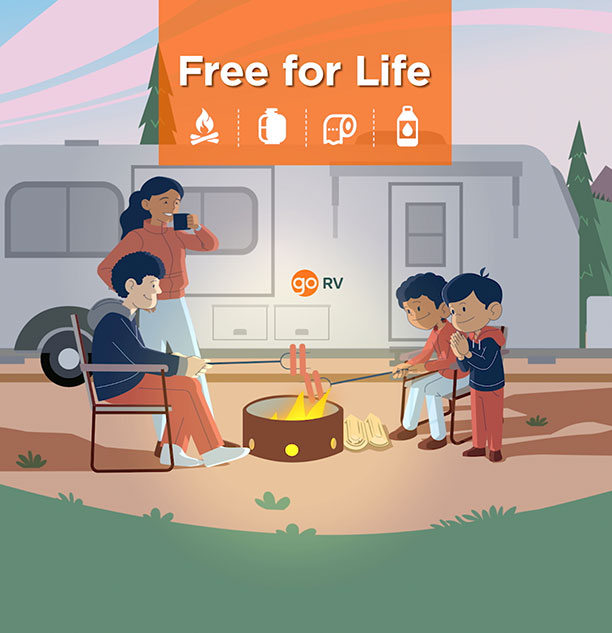
Design – Go RV TV Spot Animation
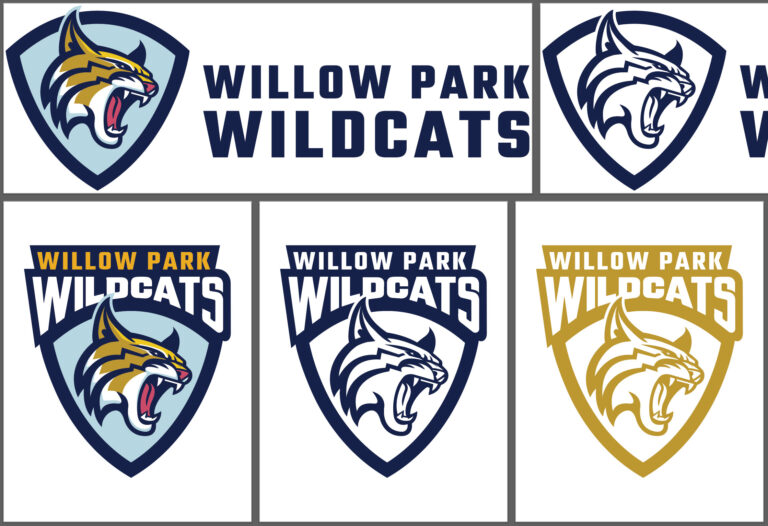
Design – Willow Park Wildcats Logo

Design – LCBC Logo and Vision

Design – Bible Project Portraits
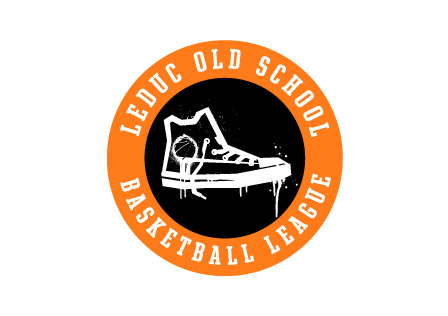
Design – Leduc Old School Basketball Logo

Design – Bible Project Holy Week Illustrations
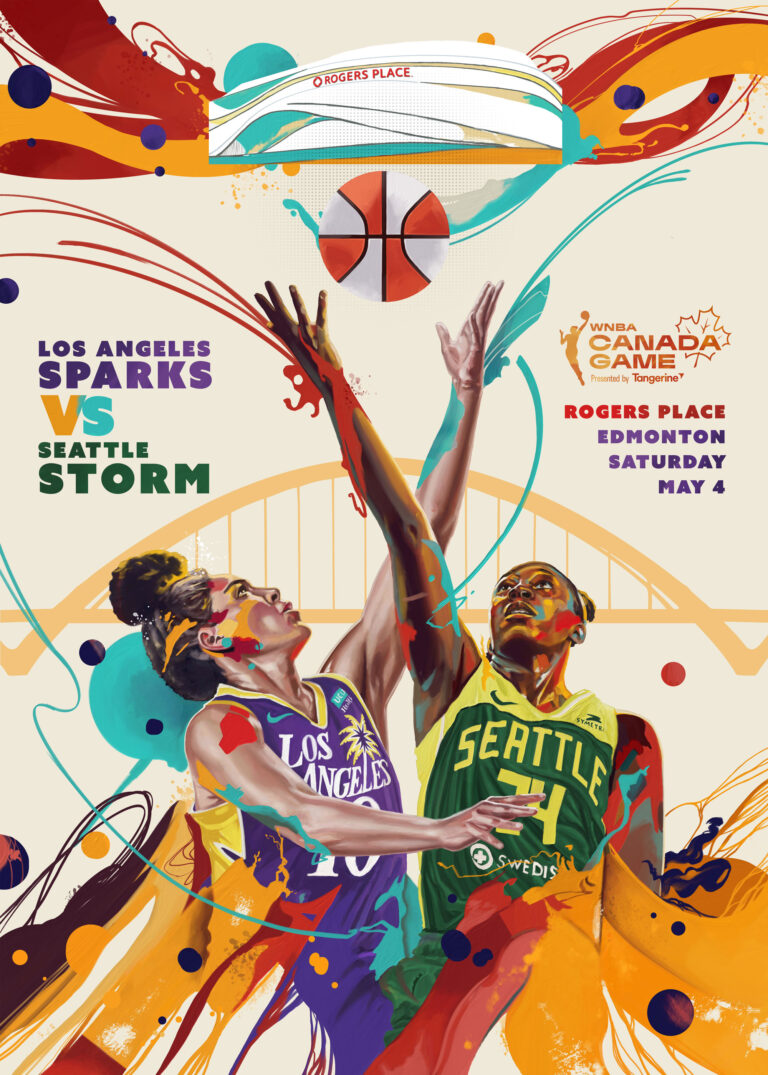
Design – WNBA Poster Rogers Place
